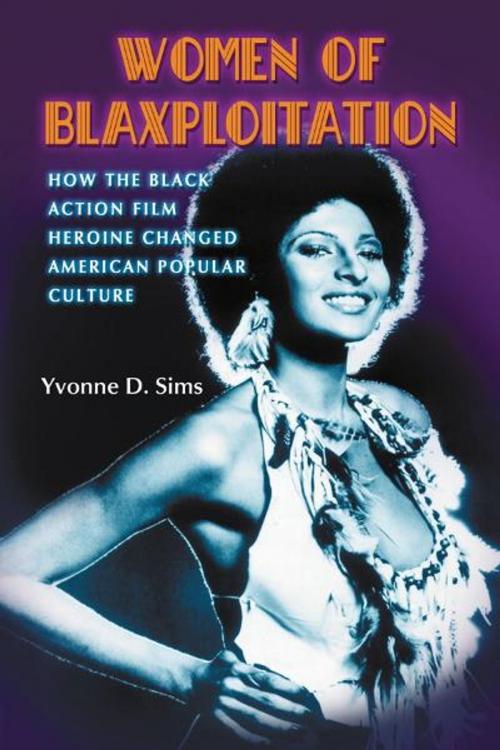Women of Blaxploitation
How the Black Action Film Heroine Changed American Popular Culture
Nonfiction, Entertainment, Performing Arts, Film, Social & Cultural Studies, Social Science, Cultural Studies, Popular Culture| Author: | Yvonne D. Sims | ISBN: | 9780786451548 |
| Publisher: | McFarland & Company, Inc., Publishers | Publication: | March 26, 2015 |
| Imprint: | Language: | English |
| Author: | Yvonne D. Sims |
| ISBN: | 9780786451548 |
| Publisher: | McFarland & Company, Inc., Publishers |
| Publication: | March 26, 2015 |
| Imprint: | |
| Language: | English |
With the Civil Rights movement of the sixties fresh in their perspective, movie producers of the early 1970s began to make films aimed toward the underserved African American audience. Over the next five years or so, a number of cheaply made, so-called blaxploitation movies featured African American actresses in roles which broke traditional molds. Typically long on flash and violence but lacking in character depth and development, this genre nonetheless did a great deal toward redefining the perception of African American actresses, breaking traditional African American female stereotypes and laying the groundwork for later feminine action heroines. This critical study examines the ways in which the blaxploitation heroines of the early 1970s reshaped the presentation of African American actresses on screen and, to a certain degree, the perception of African American females in general. It discusses the social, political and cultural context in which blaxploitation films emerged. The work focuses on four African American actresses—Pam Grier, Tamara Dobson, Teresa Graves and Jeanne Belle—providing critical and audience response to their films as well as insight into the perspectives of the actresses themselves. The eventual demise of the blaxploitation genre due to formulaic plots and lack of character development is also discussed. Finally, the work addresses the mainstreaming of the action heroine in general and a recent resurgence of interest in black action movies. Relevant film stills and a selected filmography including cast list and plot synopsis are also included. Instructors considering this book for use in a course may request an examination copy here.
With the Civil Rights movement of the sixties fresh in their perspective, movie producers of the early 1970s began to make films aimed toward the underserved African American audience. Over the next five years or so, a number of cheaply made, so-called blaxploitation movies featured African American actresses in roles which broke traditional molds. Typically long on flash and violence but lacking in character depth and development, this genre nonetheless did a great deal toward redefining the perception of African American actresses, breaking traditional African American female stereotypes and laying the groundwork for later feminine action heroines. This critical study examines the ways in which the blaxploitation heroines of the early 1970s reshaped the presentation of African American actresses on screen and, to a certain degree, the perception of African American females in general. It discusses the social, political and cultural context in which blaxploitation films emerged. The work focuses on four African American actresses—Pam Grier, Tamara Dobson, Teresa Graves and Jeanne Belle—providing critical and audience response to their films as well as insight into the perspectives of the actresses themselves. The eventual demise of the blaxploitation genre due to formulaic plots and lack of character development is also discussed. Finally, the work addresses the mainstreaming of the action heroine in general and a recent resurgence of interest in black action movies. Relevant film stills and a selected filmography including cast list and plot synopsis are also included. Instructors considering this book for use in a course may request an examination copy here.















